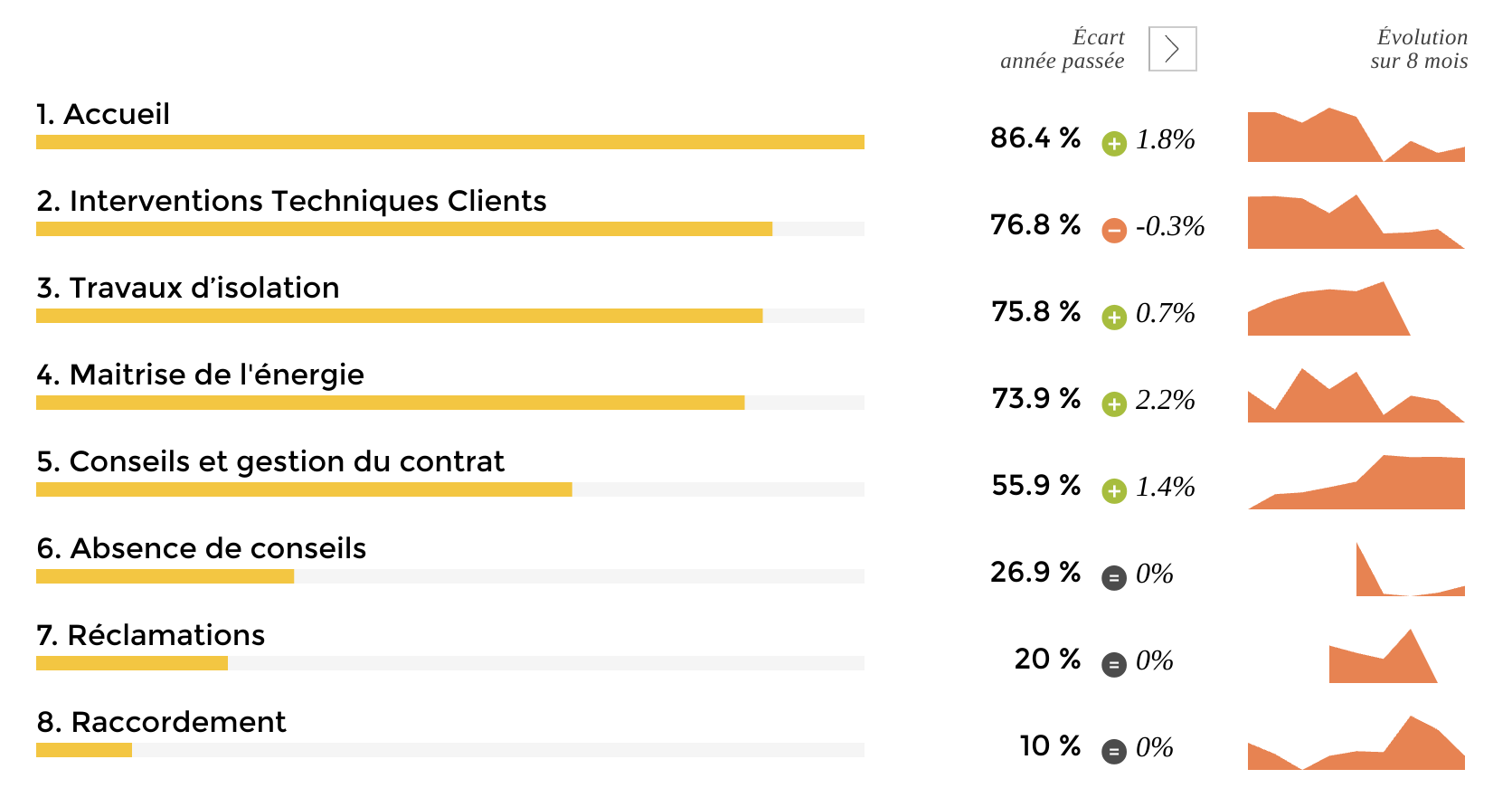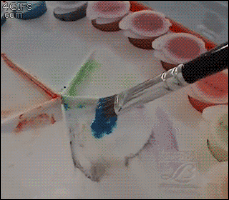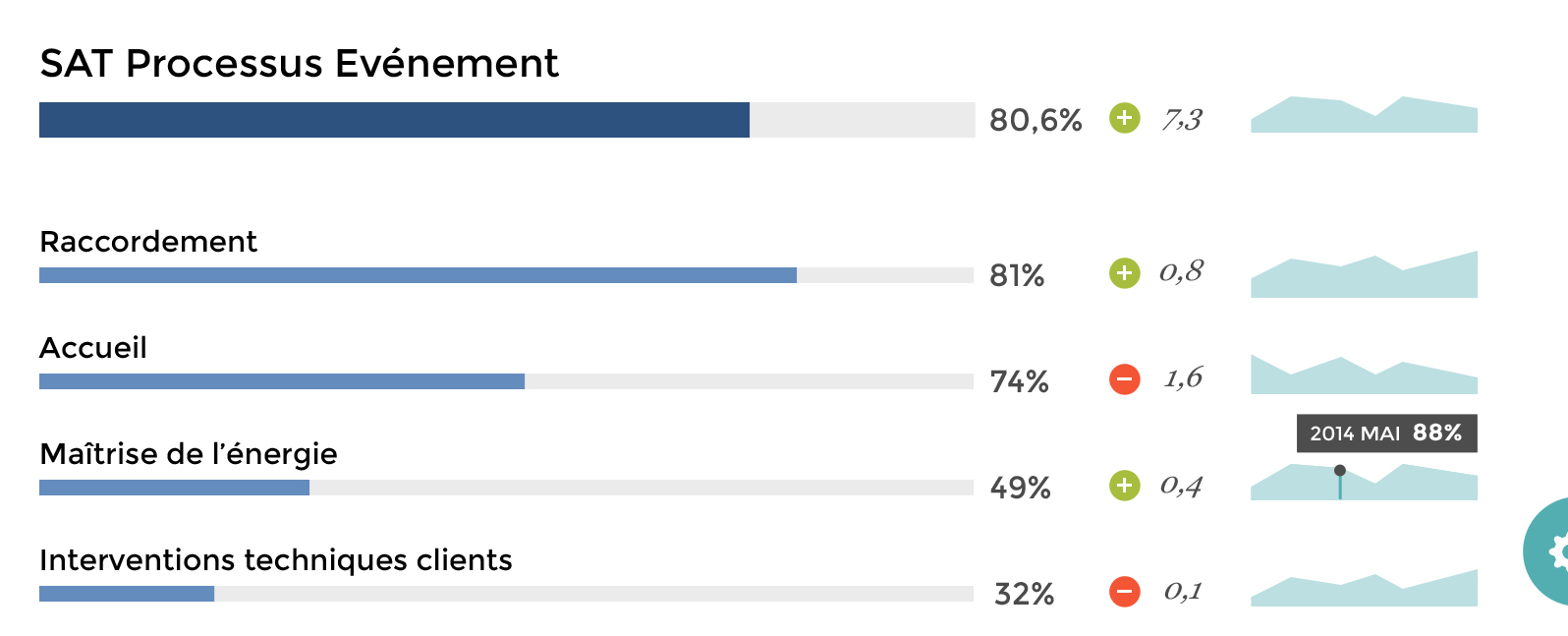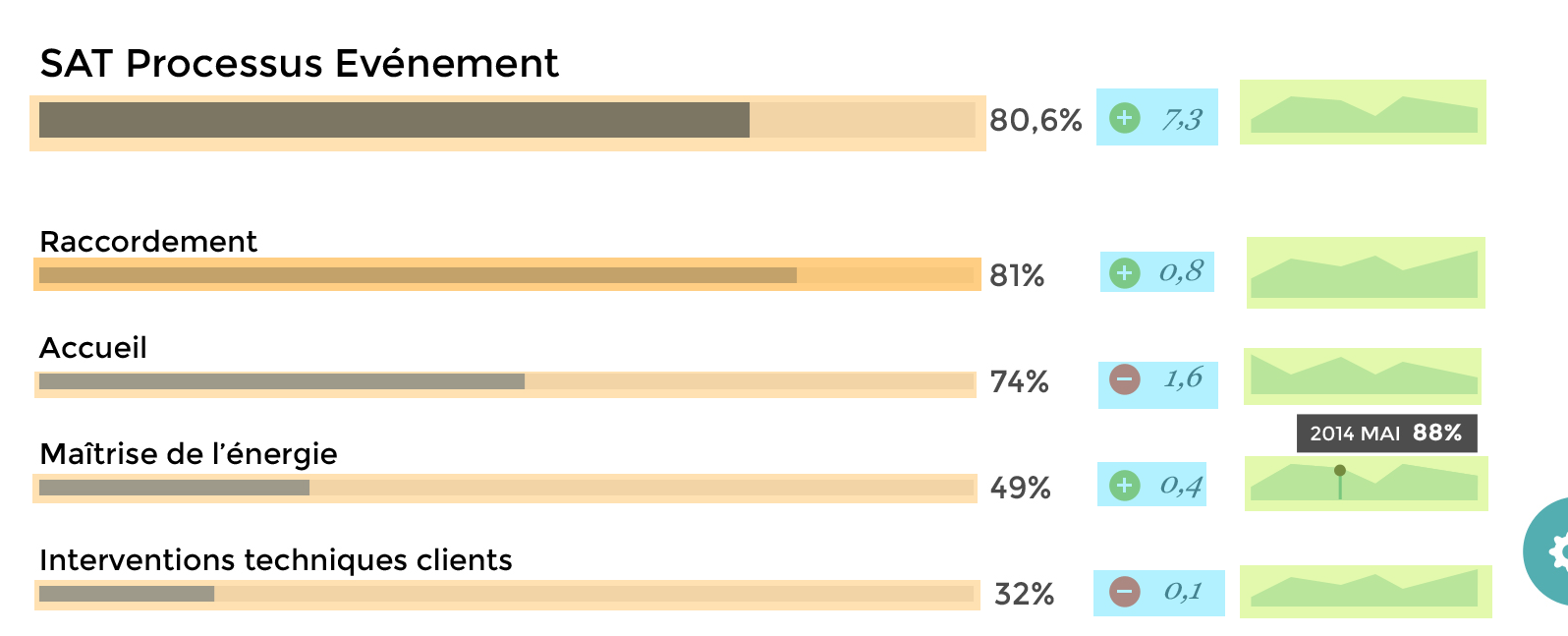Making of a d3 plugin
David Nowinsky @davinov - Toucan Toco
Illustrated by d3 sparklines
Everything is a module
“ Although the word plugin suggests extending core functionality, this pattern is used internally by D3 to organize the code into modules. Thus, you can use this pattern to replace default behavior or to pick a subset of features for a custom build. Another way of thinking about it is that everything in D3 is a plugin, including core features like colors, scales, and selections.”
-
d3.scale
d3.scale.linear() .domain([-1, 0, 1]) .range(["red", "white", "green"]); d3.svg.axis
d3.svg.axis() .scale(xScale) .orient("bottom");- d3.select
- d3.layouts
When to do a module?
Oh f**k I need to do that on this too. Already done that three times!
Reusability
Factorisation




A stupid plugin
d3.stupid = {};
d3.stupid.sayHello = function() {
console.log("hello");
}
Litterature

Design


Different types of plugins
- Scales
- Layouts
Computations
- Shapes
- Axis
SVG Components
In components...
“You’ll find your components much easier to reuse and reason about if you divide them into two categories. I call them Container and Presentational components but I also heard Fat and Skinny, Smart and Dumb, Stateful and Pure, Screens and Components, etc.These all are not exactly the same, but the core idea is similar.”
(In React's world)
- Scales
- Layouts
Compuationals
- Shapes
- Axis
Presentationals
- ?
- See d3 plugins repository
- Our charts?
Containers
Container means it manages a state
Sparklines' component type?
See the Pen d3 sparklines by David Nowinsky (@davinov) on CodePen.
Presentation
with a tiny state ;)
I/O s
What do we need (for presentational components)?
A d3 selection

d3.stupid.writeHello = function(d3Selection) {
d3Selection
.text('Hello!');
};
d3.toucan.sparklines = function(d3Selection) {
d3Selection
.enter()
.append('path');
d3Selection
.exit()
.remove();
d3Selection
.select('path')
.attr('d', function(d) {
...
});
};
Customisability
Towards reusable charts
“I’d like to propose a convention for encapsulating reusable charts in D3.”
function chart() {
// generate chart here
}
d3.stupid.writeHello = function(d3Selection) {
d3Selection
.text('Hello!');
};
d3.stupid.writeHello = function(options) {
helloWriter = function(d3Selection) {
d3Selection
.text('Hello!');
// Use options here!
};
return helloWriter;
};
- Private options
- Default values
- Reconfiguration
d3.stupid.writeHello = function(options) {
helloWriter = function(d3Selection) {
d3Selection
.text('Hello!');
};
return helloWriter;
};
dateSelectorvalueSelectorwidthheighttransitionDurationunitdateFormat: optional formatting of dates in tooltipvalueFormat: optional formatting of values in tooltipforceLexicalOrder: optional, default true, set to false to force lexical reordering of ordinal datescommonScatter: false by default, use the same scatter for all sparklines (y axis)selectionTimeout: default 2000, time before tooltip disappears, 0 to disabletooltipYOffset: default 0, offset of the tooltip
Composabilty

Little big details

d3.select('.sparkline') VS d3.selectAll('.sparkline')
It shall be named "sparklineS"